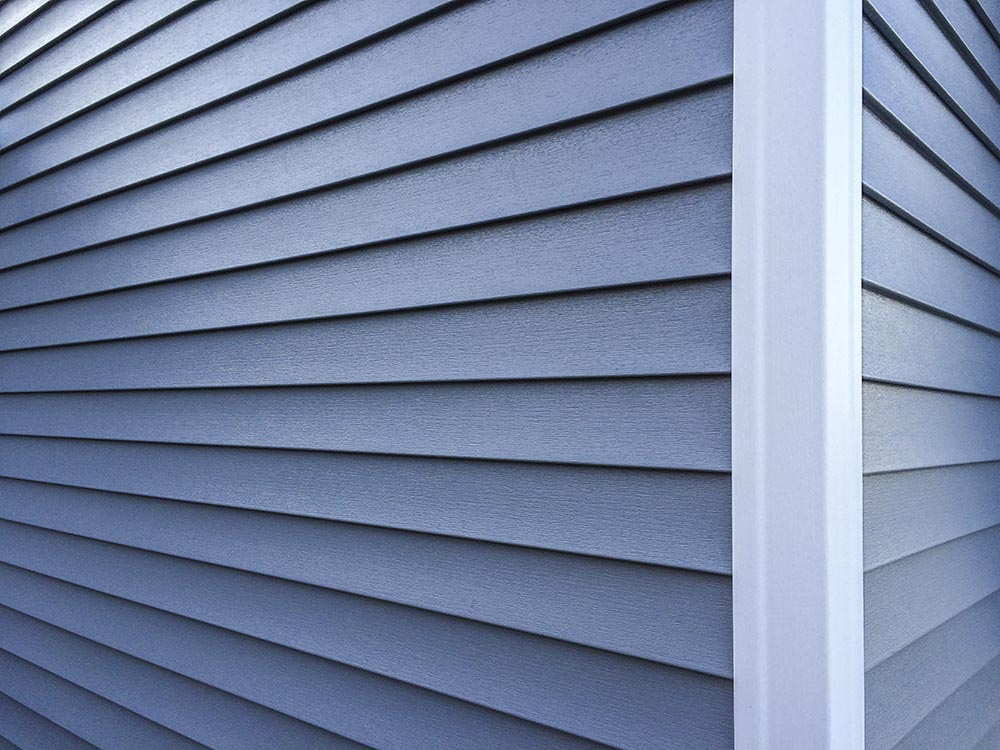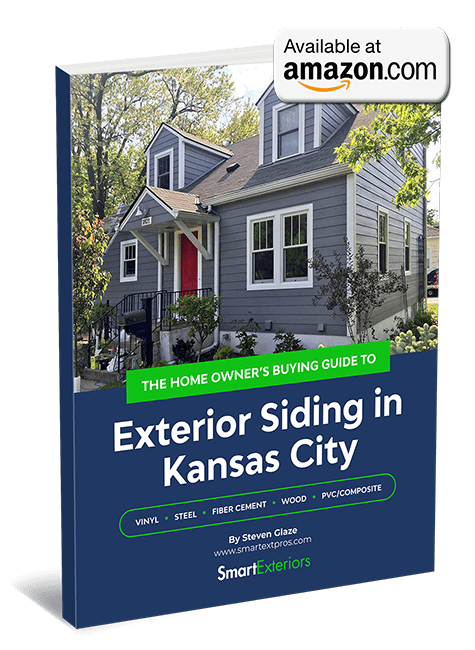The house contains many components that all work together to provide an aesthetically pleasing protective barrier between you and the outside world. While everything works in concert with each other, one of the most important elements is the siding material chosen for the house. Many siding options are popular, but vinyl siding has been one of the most widespread materials used in homes across the United States.
Vinyl siding was introduced in the 1960s, and steady improvements to the material and its production have made it the siding of choice. The overwhelming preference for vinyl over the years is due to its well-made construction, low maintenance needs, and above all—its lower overall cost.
However, there is another option that is rapidly growing in popularity. This option is simply known as insulated vinyl siding. Insulated vinyl siding was first introduced back in 1997 and has gained traction with homeowners thanks to its purported benefits and more rigid construction. Despite its popularity, this option is less understood than the traditional vinyl siding. In this article, your preferred Kansas City expert home remodelers at Smart Exteriors will reveal some of the important issues homeowners should know before choosing insulated foam-backed siding for their siding replacement or new installation.
What’s the Difference?
While at its core, insulated siding is the same as traditional vinyl siding, and it’s still made through the utilization of two PVC layers for continuous extrusion. Where the difference lies is in the additional step of the fabrication process. After the regular panel is made, the panel is reinforced with solid, rigid-foam insulation attached to the back of the panel to increase its insulating capability.
Why Insulated Siding is Popular
The rise in the popularity of insulated siding can be attributed to a few factors. The first factor is simply the fact that vinyl siding itself is popular. To an extent, this created a built-in consumer base. However, there are a couple of very specific reasons for the rise of the insulated siding as a popular choice for homeowners. These reasons include:
- Consumer Demand: Back in the 70s and 80s, wood was the primary siding material used thanks to its durability and insulating ability. The problem is that wood siding is high maintenance and expensive. This resulted in a demand for siding that was lower maintenance yet still durable and most of all cost-effective. While the solution began with vinyl siding, the development of insulated vinyl siding is being heralded as the ultimate solution.
- The Onset of Energy Efficiency: Going green, lowering energy bills, reducing your carbon footprint—however you see it, today’s newest trend in home remodeling and construction is to modernize the home with truly energy-efficient products and features. Insulated siding is reported to offer an R-value of R-2 to R-5. This is a step up from traditional vinyl siding, and it’s on-trend. In light of this, it’s not surprising that insulated siding has grown in popularity.
In addition to these specific reasons, it also helps that there are a number of color, texture, and style options available for homeowners making it easy to develop a new style for the home.
The Benefits of Insulated Siding
At this point, we know why insulated siding is popular, but let’s take a moment to explore the actual benefits of insulated siding so we can help you to determine whether this relatively new option lives up to the hype.
- Energy Savings: Let’s start with the first reason people think of it. It’s true this option delivers improved energy efficiency. For houses in colder climates, the insulated option really shines when it comes to its performance. Add an already insulated house and you have a more energy-efficient house.
- Noise Reduction: The addition of insulation to the vinyl panel creates an excellent source of noise reduction. While new windows can accomplish this as well, the truth is that insulated siding takes this benefit much further than windows on their own. If you don’t like hearing everything that goes on outside the house, then this is the siding for you.
- Greater Durability: Normally, vinyl siding can’t handle extreme cold or extreme heat. This is because it becomes brittle in the cold and melts/warps in the heat. With the added insulation, this concern is greatly reduced if not nullified.
- Pest Control: The insulation actually acts as an additional layer of protection against pests such as termites and other bugs. However, vinyl siding is naturally resistant to pests anyway.
The Downsides to Insulated Siding
Just because there are some legitimate benefits to insulated vinyl siding, that doesn’t mean that it comes without its own set of downsides. Some of the most prevalent cons of insulated siding include:
- Cost: Compared to traditional vinyl siding, this option is not cheap. In fact, the cost is quite a bit higher. Most homeowners see an increase in the cost of 50%-100% when they select insulated siding over traditional siding. While the installation process is similar to traditional vinyl installation, the labor costs are higher as well. This is largely due to the panels being thicker, which requires more effort to cut. Plus, the panels must be installed perfectly. One incorrectly installed panel compromises the entire installation, which translates to needing an installer that is trained and experienced with insulated siding specifically.
- Expansion & Contraction: The siding and the insulation expand and contract with freezing and thawing at different rates. Having the insulation glued to the back of the siding creates many problems including buckling, breaking, leaking issues.
- Trickier Installation: It’s true that the overall process is similar. That doesn’t mean it’s the same. Installing insulated siding requires additional steps and tools. To start, table saws or handsaws are required just to cut the panels. Normal siding only requires hand snips. For the installation itself, preparation around the doors, windows, and other openings is required before installation can begin. This is basically to accommodate the thickness of the insulated panels. Shipping and delivery of the pieces are trickier as well since it takes twice as many boxes to ship everything. This can effectively delay the project start date if it occurs.
Consider Premium Vinyl
Some homeowners may not have the budget for insulated siding, or they are turned off by the main disadvantages of insulated siding but still want something stronger than traditional vinyl.
In this case, the best compromise is premium vinyl siding. Premium vinyl siding is considered a step up from regular vinyl siding. The reasons for this are as follows:
- More wood-like appearance
- Thicker than regular vinyl
- Stronger and more durable
- A longer lifespan
- Customization options
In addition to these benefits, premium vinyl siding is generally cheaper than insulated siding while still offering some insulation benefits. The best thing you can do is work with a qualified siding contractor who can help you determine the exact siding you need for your new home and budget.
If you’re ready to check out siding options, give us a call to speak with one of our agents about our siding installation services or fill out our online form to schedule your free, in-home assessment.

